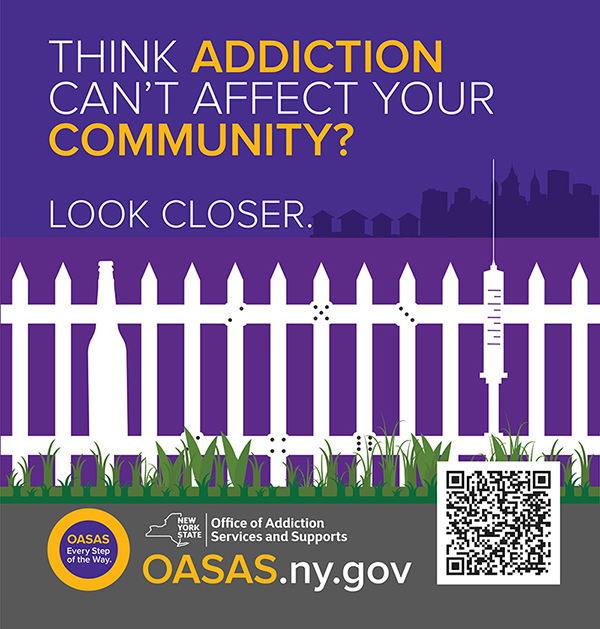An estimated 20% of adults in the United States experience chronic pain (Zelaya, 2020). For many years, opioid analgesics were the primary medications prescribed for chronic pain, but the significant increase in opioid prescriptions at high doses and for long durations has been associated with unprecedented increases in opioid use disorder, overdose, and death (Dowell, 2022). Concerns about these potential complications of prescribing opioids for chronic pain management, along with limited evidence of their long-term effectiveness, are reflected in national guidelines that strongly encourage the use of non-opioid and non-pharmacologic treatments for chronic pain (Dowell, 2022).

Grace Hennessy, MD
In recent years, medical cannabis, defined as cannabis or cannabinoid medication used as medical therapy to treat medical conditions or alleviate symptoms, has emerged as an alternative to opioids for chronic pain treatment. Currently, medical cannabis is legal in 38 states and the District of Columbia, with pain as the most common qualifying condition (ProCon.org, 2023). Among adults with chronic pain living in states with medical cannabis laws, 25% have used medical cannabis, demonstrating the growing interest in this treatment option (Bicket, 2022).
Cannabis contains more than 60 cannabinoids, with Δ9-tetrahydrocannabinol (THC) and cannabidiol (CBD) being the most active at the cannabinoid receptors. Although the mechanisms by which cannabinoids produce analgesia are not fully understood, activation of the two cannabinoid receptors found in the brain, spinal cord, and immune cells decreases pain as well as inflammation (Hill, 2017). THC, the main psychoactive compound in cannabis, produces effects such as euphoria and anxiety and also has effects on pain, muscle relaxation, nausea, and appetite stimulation (Legare, 2022). Conversely, CBD, which is non-psychoactive, has similar effects on pain and muscle relaxation and also has anti-inflammatory, antioxidant, and anticonvulsant effects. Medical cannabis that combines THC and CBD may be better than THC alone for the treatment of pain because CBD may both enhance and oppose certain pharmacologic effects of THC (Johnson, 2010; Russo, 2006; Hayakawa, 2008).
The effectiveness of medical cannabis as a chronic pain treatment has been the subject of numerous clinical trials. To date, three systematic reviews of clinical trials found that the use of cannabis-based medications by adults with chronic pain was associated with a higher incidence of pain reduction when compared to placebo (Whiting, 2015; Solmi, 2022; McDonagh, 2022). These studies also found medical cannabis was more likely than placebo to produce adverse events such as dry mouth, dizziness, drowsiness, nausea, and vomiting. While providing important evidence about the effectiveness of and adverse events associated with medical cannabis, most studies included in the reviews were short-term, lasting from one to six months, and primarily focused on adults with neuropathic pain, limiting the generalizability of the findings.
Another focus of research studies has been the relationship between medical cannabis for chronic pain and changes in prescription and illicit opioid use. Indeed, opioid prescriptions decreased by 14.4% after states implemented medical cannabis laws (Bradford, 2018). Additionally, in several studies, adults using medical cannabis for chronic pain have reported decreased use of opioids (Boehnke, 2016; Sohler, 2018; Okusanya, 2020; Takakuwa, 2020), although one study found an association between medical cannabis use and increased use of opioids and other prescription medications (Caputi, 2018). The cross-sectional nature of these studies and the reliance on self-reporting, however, limits the applicability of the results to the larger population of adults with chronic pain. One longitudinal study of adults newly registered in a medical cannabis program with pain who use opioids currently underway in New York City looks to clarify how the long-term use of medical cannabis influences opioid use (Cunningham, 2020). In addition to addressing this general question, this study will also examine the effects of different THC and CBD content and routes of administration on a variety of pain syndromes.
In summary, the effects of cannabis on pain modulation have heightened interest in medical cannabis for the treatment of chronic pain. Although the current evidence for its effectiveness has limitations, there have been some promising findings. Current and future longitudinal studies can only help elucidate the role of different types of medical cannabis with variable THC and CBD content and routes of administration in the treatment of a wide variety of pain syndromes.
Grace Hennessy, MD, is the Associate Chief Medical Officer for Addiction Psychiatry at the NYS Office of Addiction Services and Supports.
References
Zelaya CE, Dahlhamer JM, Lucas JW, et al. (2020). Chronic pain and high-impact chronic pain among U.S. adults, 2019. NCHS Data Brief, no 390. Hyattsville, MD: National Center for Health Statistics.
Dowell D, Ragan KR, Jones CM, et al (2022). CDC Clinical Practical Guidelines for Prescribing Opioids for Pain – United States, 2022 MMWR Recomm Rep, 71(3):1-95.
ProCon.org (2023). State-by-State Medical Marijuana Laws. Available: https://medicalmarijuana.procon.org/legal-medical-marijuana-states-and-dc/. Accessed March 2, 2024.
Bicket MC, Stone EM, McGinty EE (2023). Use of cannabis and other pain treatments among adults with chronic pain in US states with medical cannabis programs. JAMA Netw Open, 6(1):e2249797.
Hill KP, Palastro MD, Johnson B, et al (2017). Cannabis and pain: a clinical review. Cannabis Cannabinod Res, 2(1):96-104.
Legare CA, Raup-Konsavage WA, Vrana KE (2022). Therapeutic potential of cannabis, cannabidiol, and cannabinoid-based pharmaceuticals. Pharmacology, 107(3-4):131-149.
Johnson JR, Burnell-Nugent M, Lossignol D, et al (2010). Multicenter, double-blind, randomized, placebo-controlled, parallel-group study of the efficacy, safety, and tolerability of THC:CBD extract and THC extract in patients with intractable cancer-related pain. J Pain Symptom Manage, 39(2):167-179.
Russo E, Guy GW (2006). A tale of two cannabinoids: the therapeutic rationale for combining tetrahydrocannabinol and cannabidiol. Med Hypotheses, 66(2):234-246.
Hayakawa K, Mishima K, Hazekawa M, et al. (2008) Cannabidiol potentiates pharmacological effects of delta (9)-tetrahydrocannabinol via CB(1) receptor-dependent mechanism. Brain Res, 10:1188:157-164.
Whiting PF, Wolff RF, Deshpande S, et al (2015). Cannabinoids for medical use: a systematic review and meta-analysis. JAMA, 313(24):2456-2473.
Solmi M, De Toffol M, Kim JY, et al (2023). Balancing risks and benefits of cannabis use: an umbrella review of meta-analyses of randomized controlled trials and observational studies. BMJ, 382:e07248.
McDonagh MS, Morasco BJ, Wagner J, et al (2022). Cannabis-based products for chronic pain. Ann Intern Med, 175(8):1143-1153.
Bradford AC, Bradford WC, Abraham A, et al (2018). Association between US State medical cannabis laws and opioid prescribing in the Medicare Part D population. JAMA Intern Med, 178(5):667-672.
Boehnke KF, Litinas E, Clauw DJ (2016). Medical cannabis use is associated with decreased opiate medication use in a retrospective cross-sectional survey of patients with chronic pain. J Pain, 17:739-744.
Sohler NL, Starrels JL, Khalid L, et al (2018). Cannabis use is associated with lower odds of prescription opioid analgesic use among HIV-infected individuals with chronic pain. Subs Use Misuse, 53:1602-1607.
Okusanya BO, Asaolu IO, Ehiri JE, et al (2022). Medical cannabis for the reduction of opioid dosage in the treatment of non-cancer chronic pain: a systematic review. Syst Rev, 9(1):167.
Takakuwa KM, Hergenrather JY, Shofer FS, et al (2020). The impact of medical cannabis on intermittent and chronic opioid users with back pain: how cannabis diminished prescription opioid usage. Cannabis Cannabinoid Res, 5(3):263-270.
Caputi TL, Humphries K (2018). Medical marijuana users are more likely to use prescription drugs medically and nonmedically. J Addict Med, 12(4):295-299.
Cunningham CO, Starrels J, Zhang C, et al (2020). Medical marijuana and opioid (MEMO) study: Study protocol of a longitudinal cohort study to examine if medical cannabis reduces opioid use among adults with chronic pain. BMJ Open, 10(12):e043400.





